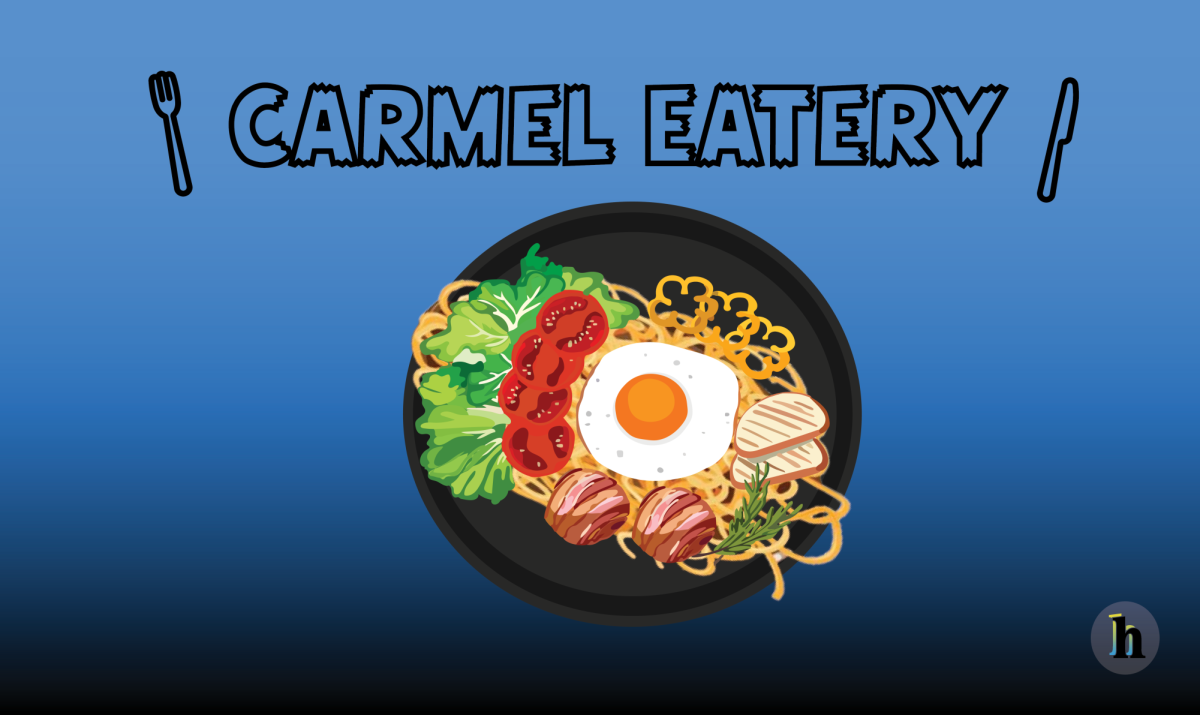Many students in CHS maintain different levels of connection with their culture, and in light of Cultural Diversity Day, a day celebrated annually on May 21 in celebration of world diversity, international students find that using food is a way to connect with their roots.
Sophomore Novak Golubovic said he uses food to assimilate with his Serbian background. While Golubovic was born in America, Golubovic said the cultural food he eats is still significant as each dish can bring a special memory for him.
“Normally I go to Serbia every summer; I’m really close with my family, but I wish I called them more. But whenever I visit, we spend like a month or two in Serbia over the summer,” he said. “My grandma feeds me a lot there and my mom makes [Serbian] food at home, so I have a lot of experience with these cultural dishes. My favorite is probably sarma, which is a cabbage dish that my mom makes often, and we have it a lot in Serbia.”
Golubovic said his favorite part of the food in Serbian culture is the environment that friends and family have. He said creating food with care and passion is one of the key components to creating good dishes.
“I definitely miss a lot of the food in Serbia which, I guess like, I think like obviously the food is good, but it’s mostly just the environment about being around people that care about you,” Golubovic said. “In Serbian culture, food is not necessarily about the flavor, but it’s kind of like the time you spend; a lot of people spend time, not just eating the food or setting up the table, they also spend a lot of the time making the food. It’s a lot of backbreaking, but there’s a lot of love and passion that you put into the food to make it.
“It’s also not just the ingredients or the spices that make Serbian food Serbian culture,” he added. “Making food [in Serbian culture] is a true family environment, we’re able to appreciate our own culture and there’s a lot of recipes that are passed down from family to family which becomes like a tradition for Serbians.”
Golubovic also said Serbians have many dining habits, and like sophomore Jasmine Choi, Golubovic eats Serbian food mainly for dinner. His parents normally make their recipes passed down from his grandmother in Serbia.
“Part of Serbian dining habits turn on when I make food at home [in America]. There’s a lot of food here that obviously, you have to make with your family. Every babushka is big on making food, and luckily my mom loves to cook so that’s good,” he said. “I usually eat Serbian food over the weekend when my family has more time to make it.”
Sophomore Jasmine Choi said that dining habits were also a reflection of her culture.
“In Korea, respect is a big part of our culture. When Koreans eat, we usually have to wait for older people to eat first, and I can’t leave the dinner table before everyone finishes eating,” she said. “I feel like when eating, my culture really shows.”
CHS culinary instructor Chef Nick Carter said he enjoys when students bring in a part of their identity when interacting with food. While in his classes students often learn classical cuisine, Carter said they also explore ethnic cuisine from time to time.
“In the principles class we make more of what’s considered ‘classical cuisine’, which has more of the classical European bent to it,” he said.
“Because our classes are geared more traditionally, we cover a lot of the traditional sauces, stock and things like that along with dishes that focus on some of that more traditional french-focused ‘classical’ because that’s what the class is,” he added. “When I can, I enjoy trying to include other things where we can show some other ethnic cuisine just because it’s really good food and it provides an opportunity [for] those who are not from a euro-centric ethnic background to find familiarity in the food we make.”
Carter said despite the smaller amount of diverse dishes made in the classroom, he still had the resources for plenty of cultural dishes.
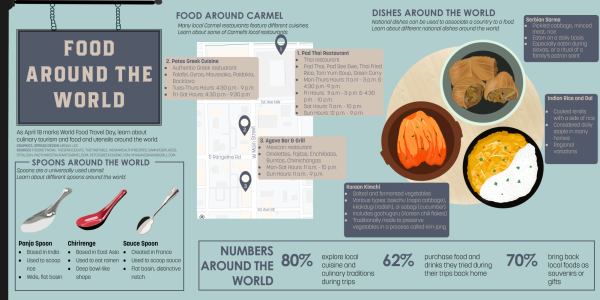
“Most of our cooking equipment is pretty standard regardless of culture, but we do have a few bamboo steamers when we start looking into doing some things with an Asian twist,” he said. “I think we also have a couple of woks tucked around somewhere; they’re not great, but we still use them. We do have, on occasion, as part of the region on foreign foods, we used to do sushi rolling too.
“While we go through a lot of the basic kind of onion, celery, carrots, bell peppers, milk, cream and butter, we also have some recipes that involve cajun seasoning, but in general I have a spice cabinet that has a pretty rich range of spices,” he added. “This cabinet includes unusual ingredients because we recently did some different cultural cuisines; we have some black cardamom, Chinese five spice powder, star anise and some other things like that. We have a healthy spice cabinet with a healthy array of things in it.”
Junior Aneesha Singh said spices made up a lot of Indian dishes, which is due to the country’s large variety of spices. She said a wide range of spices can be found in her household, which is a way that her dining habits allow for her to feel more connected to her ethnic background.
“We always have a lot of spices in our kitchen,” she said. “There’s different kinds of lentils, like red, yellow, orange lentils and this other thing of lentil that we have. You can also make Dal with spinach too and that’s pretty good. Spices such as garam masala, turmeric, salt, pepper, fennel seeds and cinnamon to list a few things can be found in our kitchen when we make food.”
In Carter’s class, students partake in a final that requires them to create a dish at home. He said he enjoys when students who are not often assimilated with American culture take the opportunity to explore their background with their families.
“I remember I had a student whose family came from Korea; her mom grew up there, and she’s Korean ethnically, but grew up in America. She used the final as an opportunity to learn some recipes from her mom and get in touch with her Korean heritage,” Carter said. “One kid decided that he wanted to make his grandma’s Italian meatballs. I love when students do use the opportunity, because food is such a great way to connect [to our roots], and for so many cultural traditions around the world, food is a way to tie everything together.”
Carter said he encourages students to use cooking as a tool to bring themselves closer to their cultures.
“I would absolutely encourage kids to cook more at home. My grandmother was an amazing cook and I didn’t get as much of an opportunity to learn from her since I started my cooking career later on,” he said. “Since we have these sorts of courses in CHS, I would encourage students who have a cultural background that’s different from the normal Midwestern-Eurocentric type to cook more. Cooking can bring more intimacy with your culture and it’s a fun experience as well.
“Especially in families where food is such a culturally important piece, if kids have the opportunity to learn things from their grandparents or parents to be able to keep those recipes alive, we should be learning more,” he added. “Food is not just sustenance, it’s not just a thing to keep going, [food] can be such a strong emotional tie because you have the memories [behind it]… you can have that really strong nostalgic feeling that can help you hold onto your cultural or family identity or whatever it is,” Carter said.
As Carter described, Choi said when she feels homesick, her friends often send her pictures of food.
“Whenever my friends send me pictures of their food, I can almost taste it through the phone and it makes me feel like I’m back in Korea again,” she said. “It’s not just the stalls after cram school, there was also this one time where school ended early in Korea and [my friends and I] went out to get tteokbokki. I think a big reason why I miss the food in Korea is because of my memories. That’s why I really enjoy Korean food at home.”
Carter said students who live in Carmel have access to a wide variety of groceries and restaurants that serve foods they may see in their culture.
“There’s quite a bit of Mediterranean food in here, if you go three blocks from the school, there’s three Mediterranean restaurants in one block. I think we have a pretty good selection of Indian restaurants in the middle area, and I think we have a pretty good selection of a variety of Asian restaurants in the middle area,” he said. “We do have fairly diverse cuisine in Carmel. One of the things that some people say is that Carmel isn’t very diverse, and while our diversity doesn’t look like what some people imagine diversity look like, it still includes a lot of people from a variety of places.”
Golubovic said his family often shops from multi-ethnic grocery stores.
“Normally we go to Aldi‘s, but a casual place for international foods is Saraga because there’s a Mediterranean section. That’s where we find our Serbian foods, I mean that’s a lot of stuff like Najlepse zelje, which is this really crunchy chocolate that’s really good. There’s a lot of stuff that we go there for that’s normally comfort food.”
Cafeteria manager Geneaster Ortiz said she observed a rise in culturally diverse foods at Carmel. While the sale of comfort foods such as pasta are popular at CHS, Ortiz said she hopes one day she would be able to bring more culturally diverse foods to CHS.
“I think the cultural diversity within our food is growing. Since I moved here in 2006, there were not a lot of African-American [restaurants], but now I see more and more of these types of foods. I think cultural diversity is increasing, not by much, but it still is,” she said. “I think we could start to approach more culturally diverse food [at CHS], but that just depends on the number of sales that we make.
“I think eventually, if there is enough desire, we could start moving in a more culturally diverse direction. If they ask for something and the numbers are going up, then maybe we will bring that menu item into the actual menu,” she added. “If you think we should have something, and if I think they can produce it, we can try it, taste it and just see.”









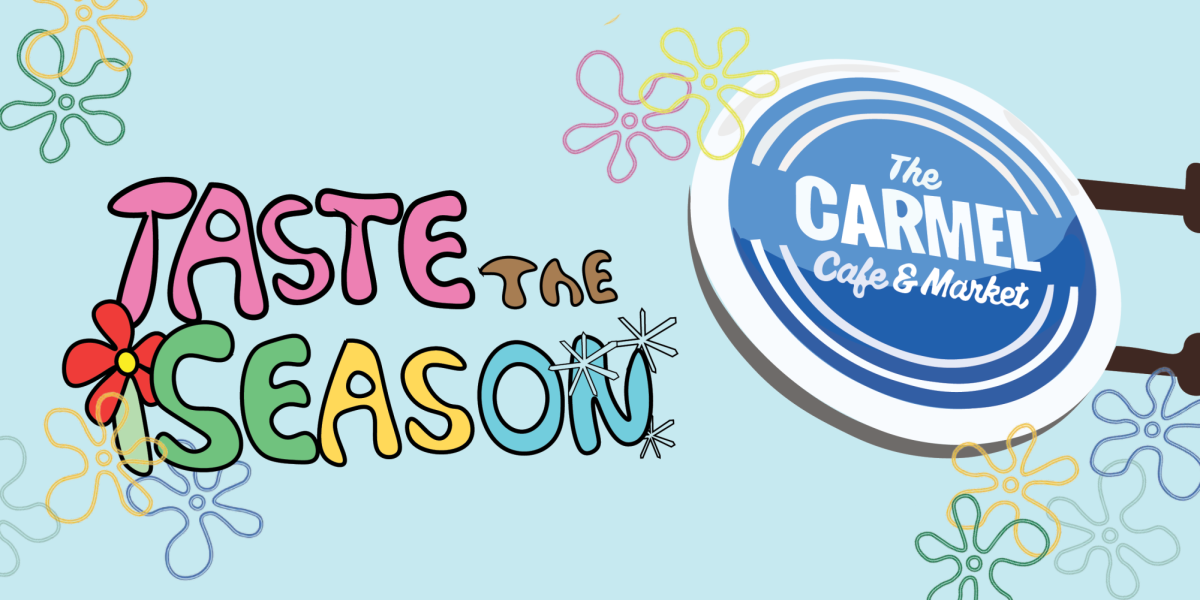

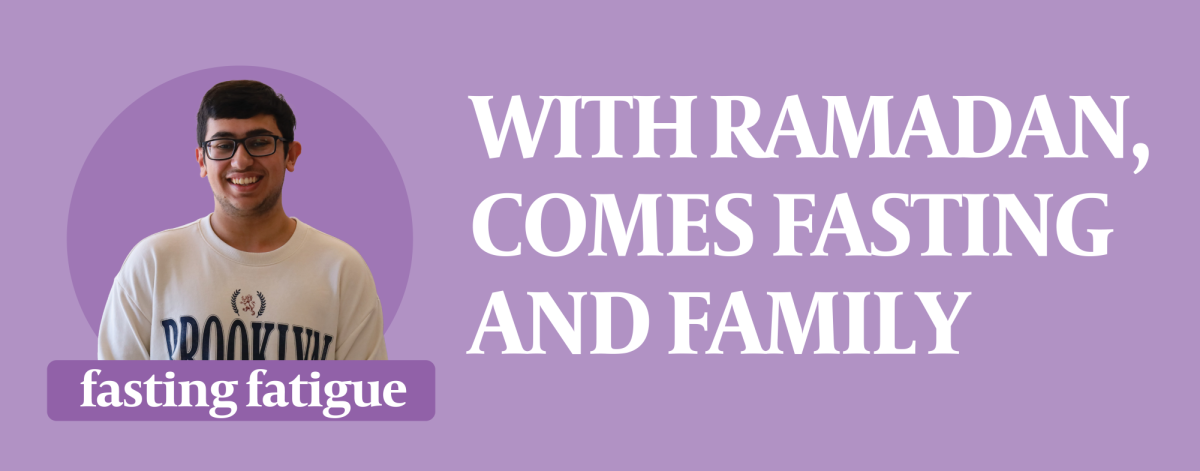


















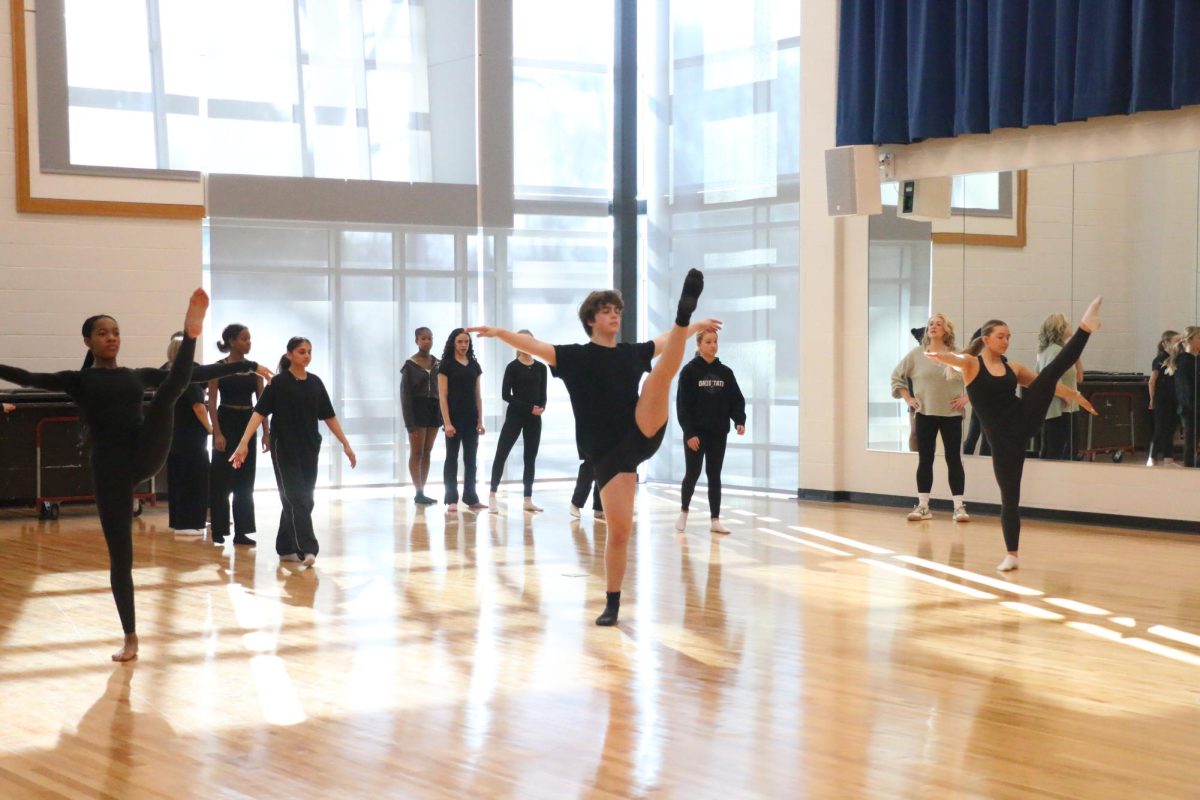


![AI in films like "The Brutalist" is convenient, but shouldn’t take priority [opinion]](https://hilite.org/wp-content/uploads/2025/02/catherine-cover-1200x471.jpg)




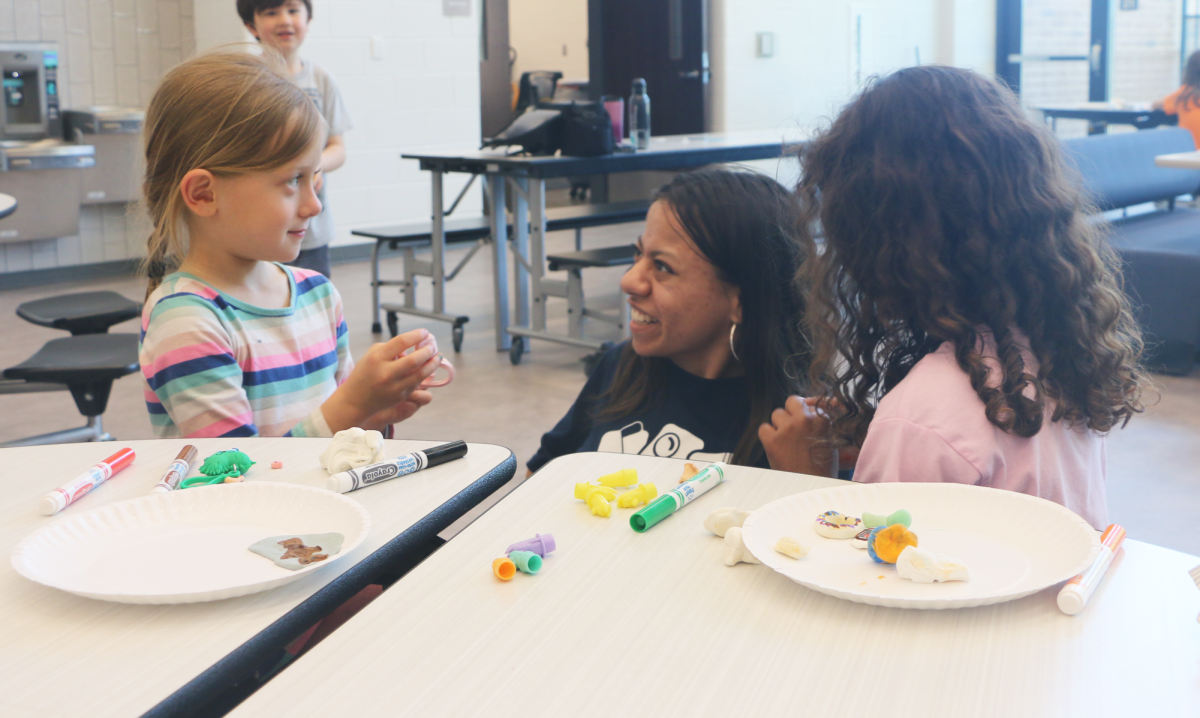





































![Review: “The Immortal Soul Salvage Yard:” A criminally underrated poetry collection [MUSE]](https://hilite.org/wp-content/uploads/2025/03/71cju6TvqmL._AC_UF10001000_QL80_.jpg)
![Review: "Dog Man" is Unapologetically Chaotic [MUSE]](https://hilite.org/wp-content/uploads/2025/03/dogman-1200x700.jpg)
![Review: "Ne Zha 2": The WeChat family reunion I didn’t know I needed [MUSE]](https://hilite.org/wp-content/uploads/2025/03/unnamed-4.png)
![Review in Print: Maripaz Villar brings a delightfully unique style to the world of WEBTOON [MUSE]](https://hilite.org/wp-content/uploads/2023/12/maripazcover-1200x960.jpg)
![Review: “The Sword of Kaigen” is a masterpiece [MUSE]](https://hilite.org/wp-content/uploads/2023/11/Screenshot-2023-11-26-201051.png)
![Review: Gateron Oil Kings, great linear switches, okay price [MUSE]](https://hilite.org/wp-content/uploads/2023/11/Screenshot-2023-11-26-200553.png)
![Review: “A Haunting in Venice” is a significant improvement from other Agatha Christie adaptations [MUSE]](https://hilite.org/wp-content/uploads/2023/11/e7ee2938a6d422669771bce6d8088521.jpg)
![Review: A Thanksgiving story from elementary school, still just as interesting [MUSE]](https://hilite.org/wp-content/uploads/2023/11/Screenshot-2023-11-26-195514-987x1200.png)
![Review: "When I Fly Towards You", cute, uplifting youth drama [MUSE]](https://hilite.org/wp-content/uploads/2023/09/When-I-Fly-Towards-You-Chinese-drama.png)
![Postcards from Muse: Hawaii Travel Diary [MUSE]](https://hilite.org/wp-content/uploads/2023/09/My-project-1-1200x1200.jpg)
![Review: "Ladybug & Cat Noir: The Movie," departure from original show [MUSE]](https://hilite.org/wp-content/uploads/2023/09/Ladybug__Cat_Noir_-_The_Movie_poster.jpg)
![Review in Print: "Hidden Love" is the cute, uplifting drama everyone needs [MUSE]](https://hilite.org/wp-content/uploads/2023/09/hiddenlovecover-e1693597208225-1030x1200.png)
![Review in Print: "Heartstopper" is the heartwarming queer romance we all need [MUSE]](https://hilite.org/wp-content/uploads/2023/08/museheartstoppercover-1200x654.png)
